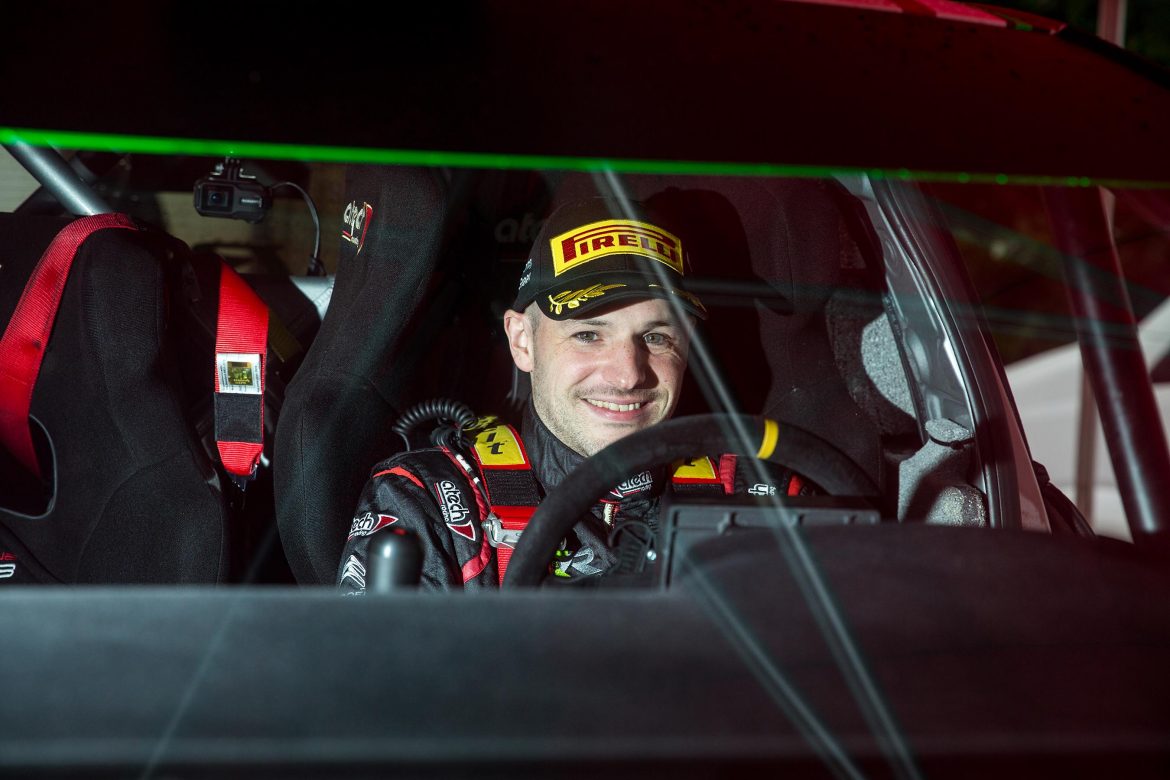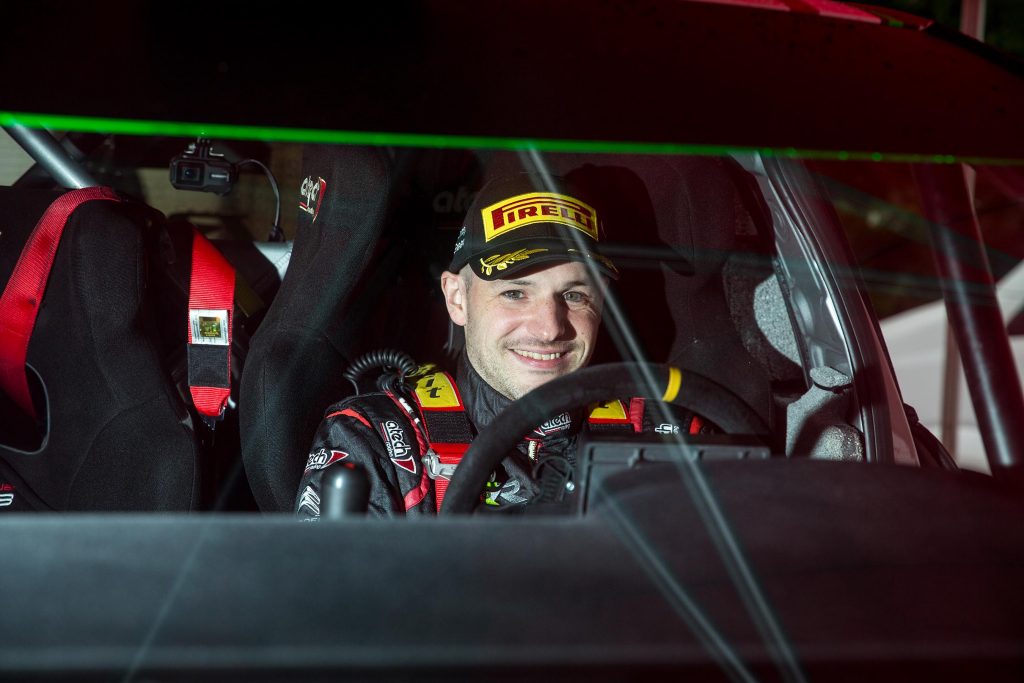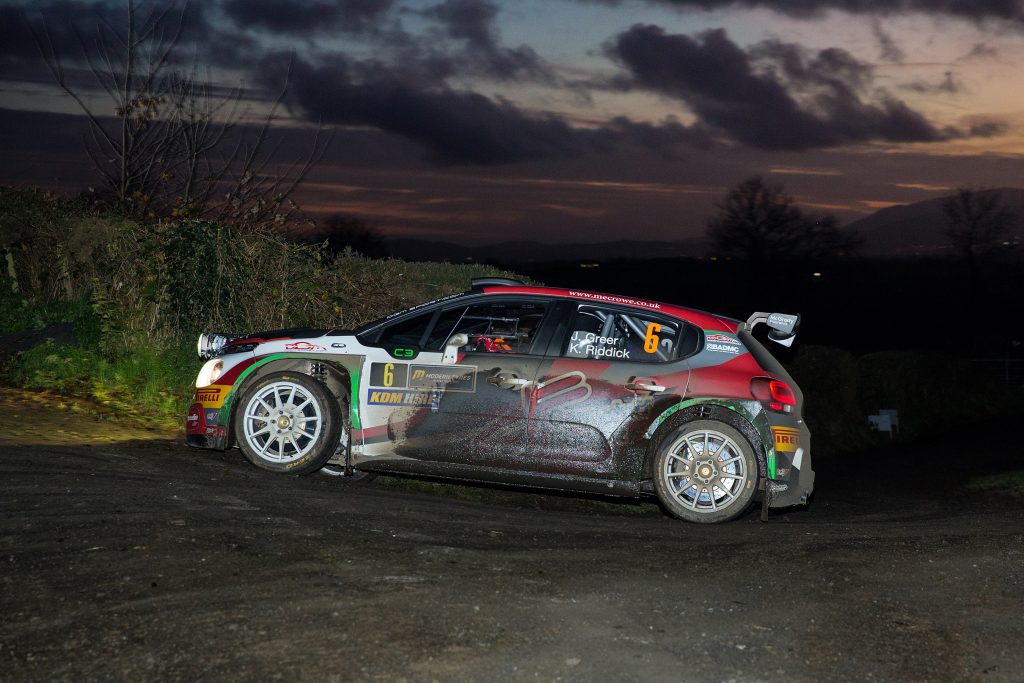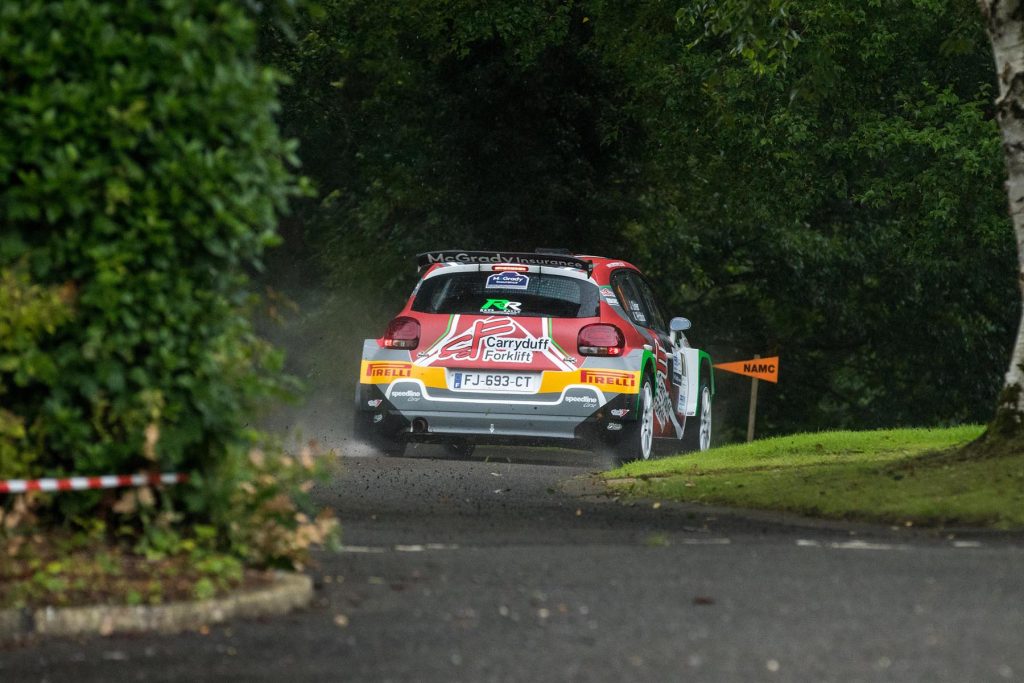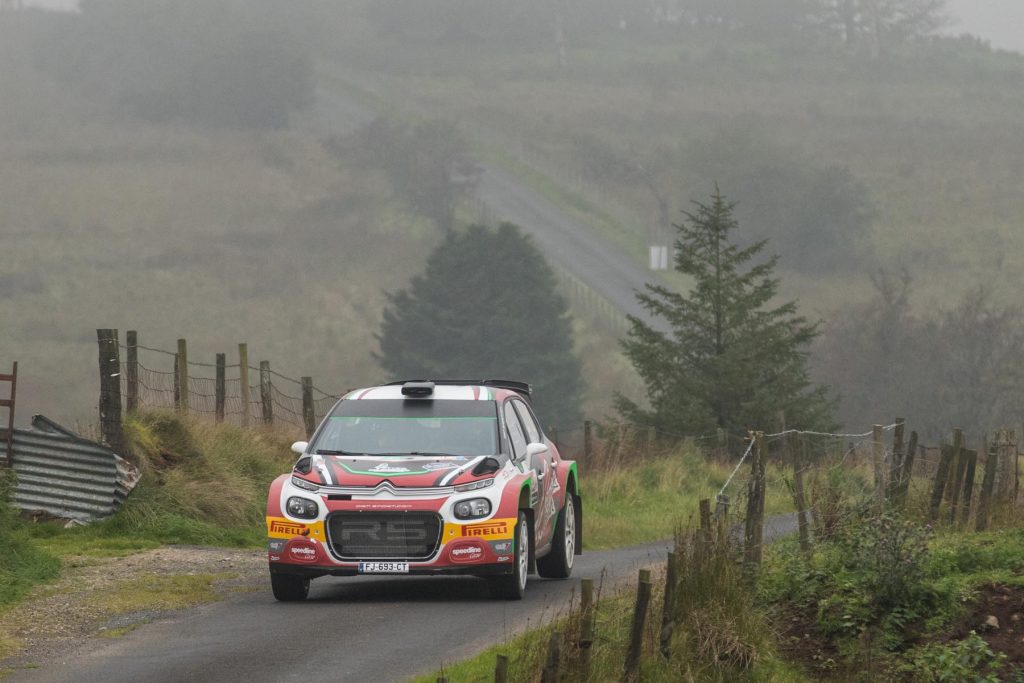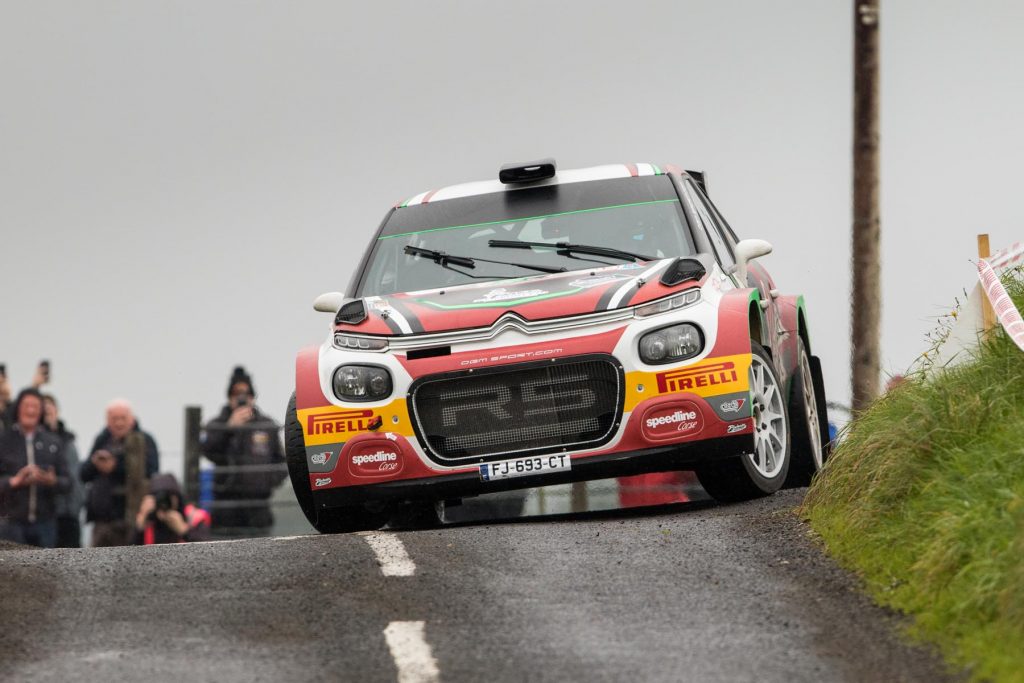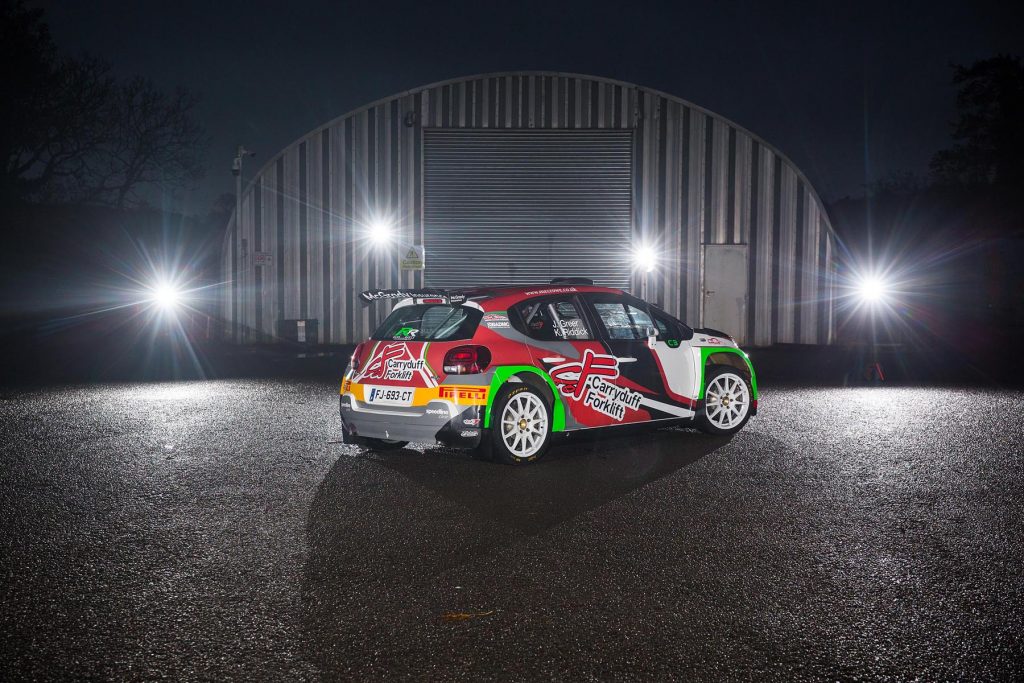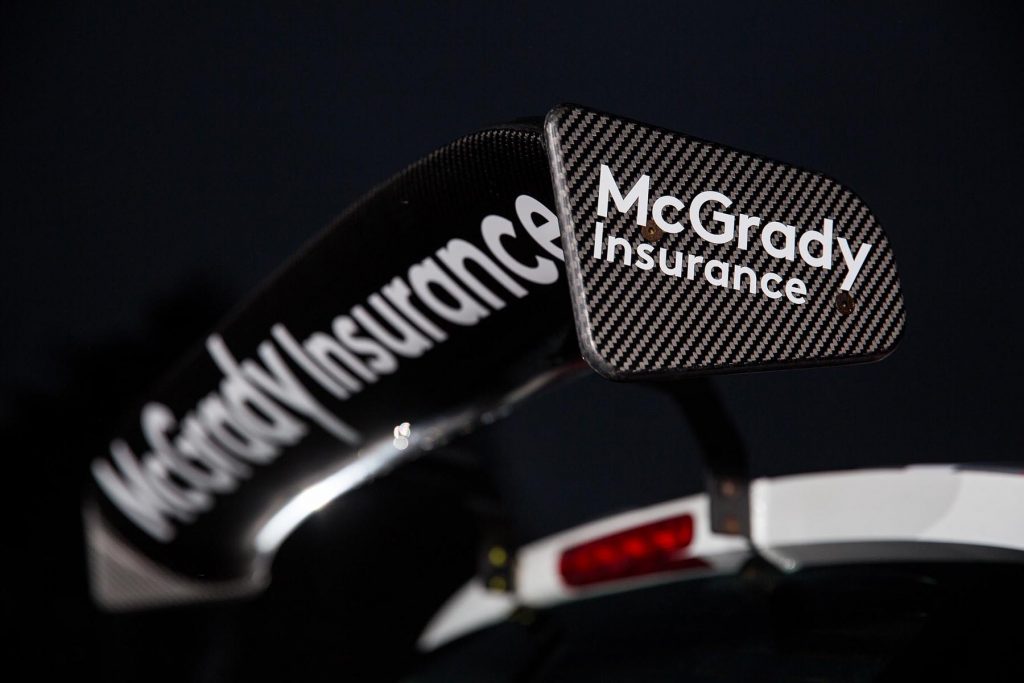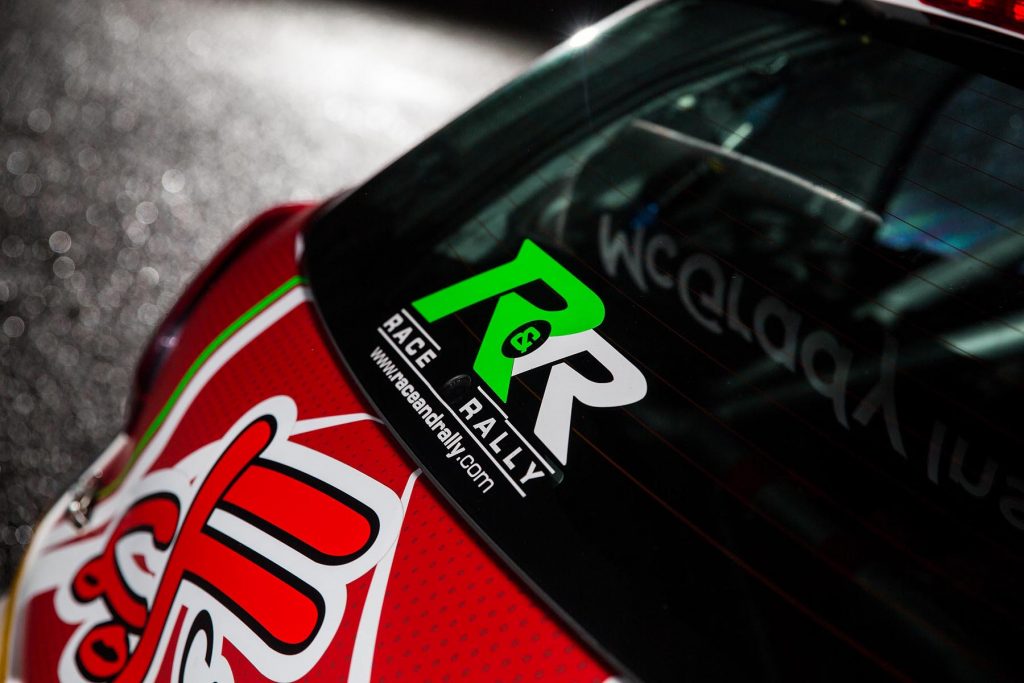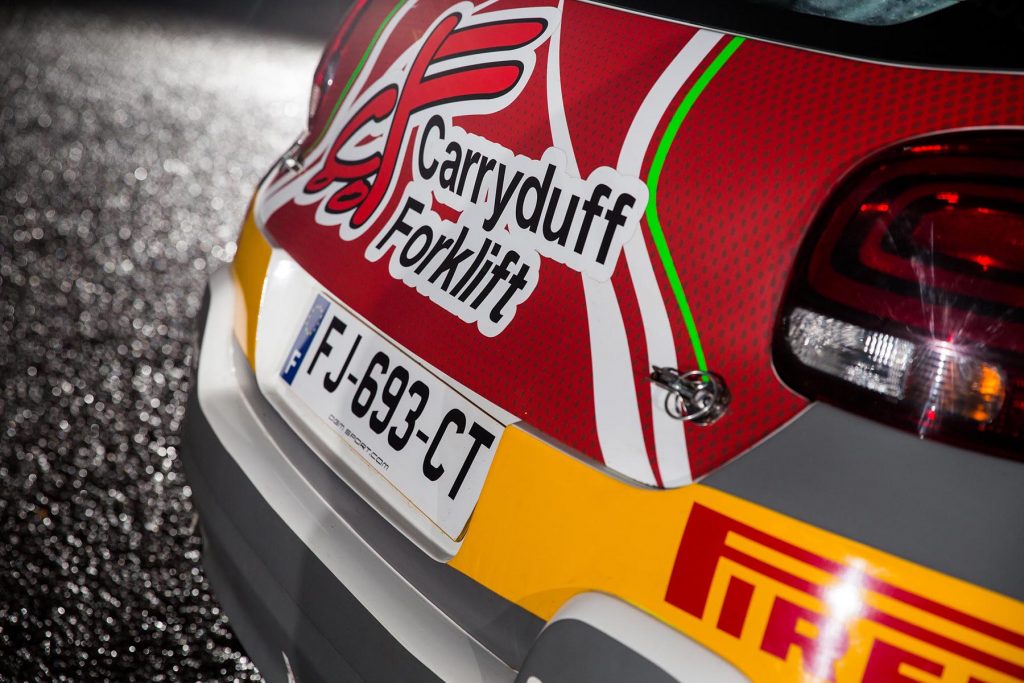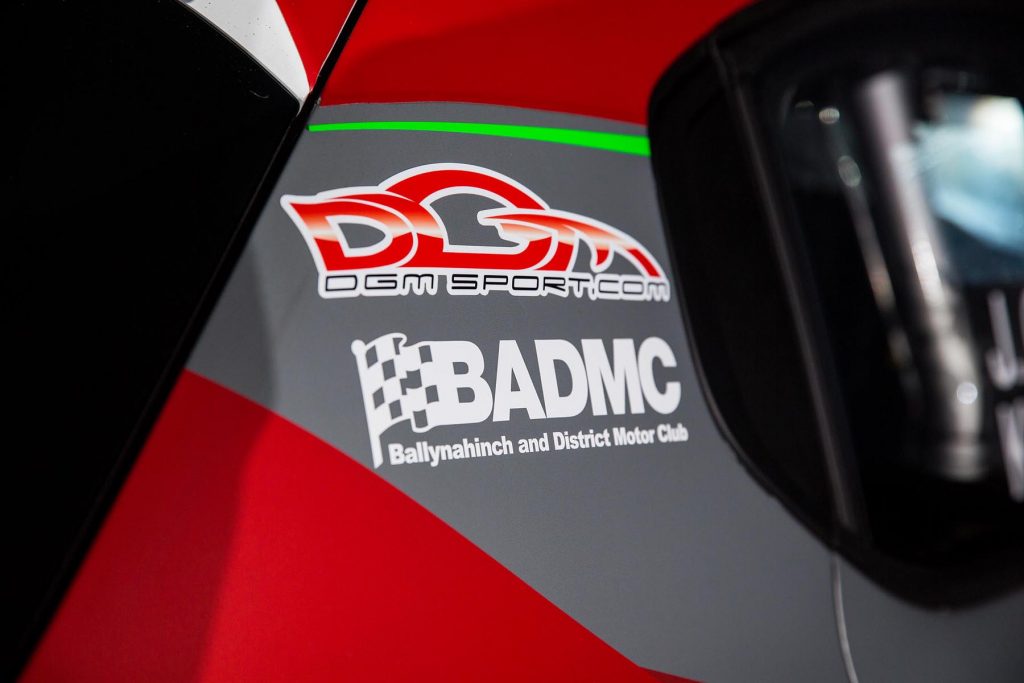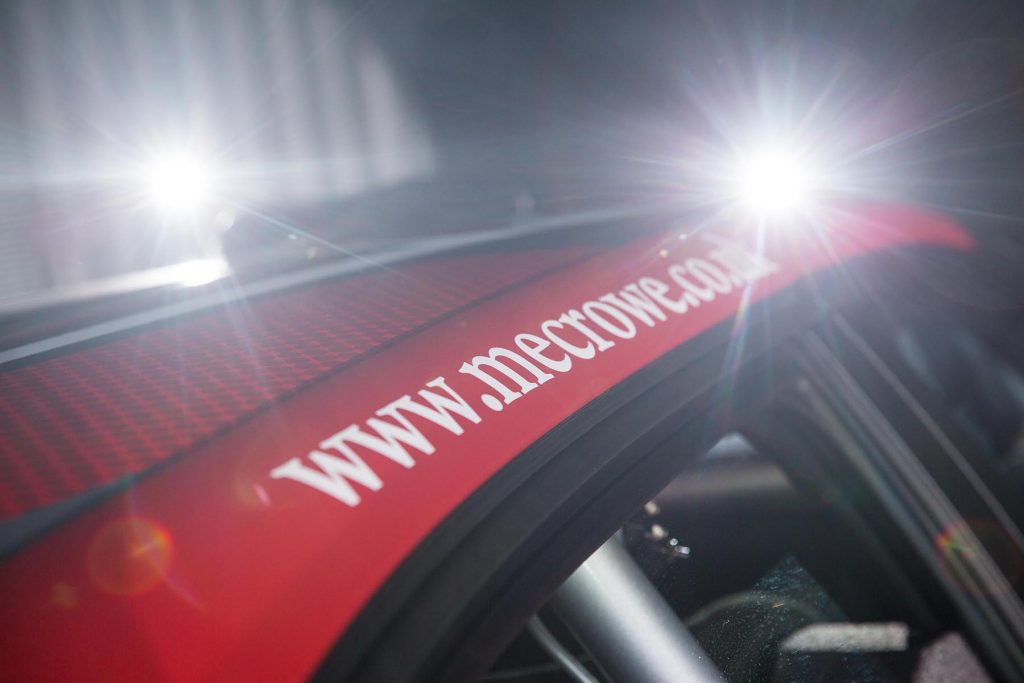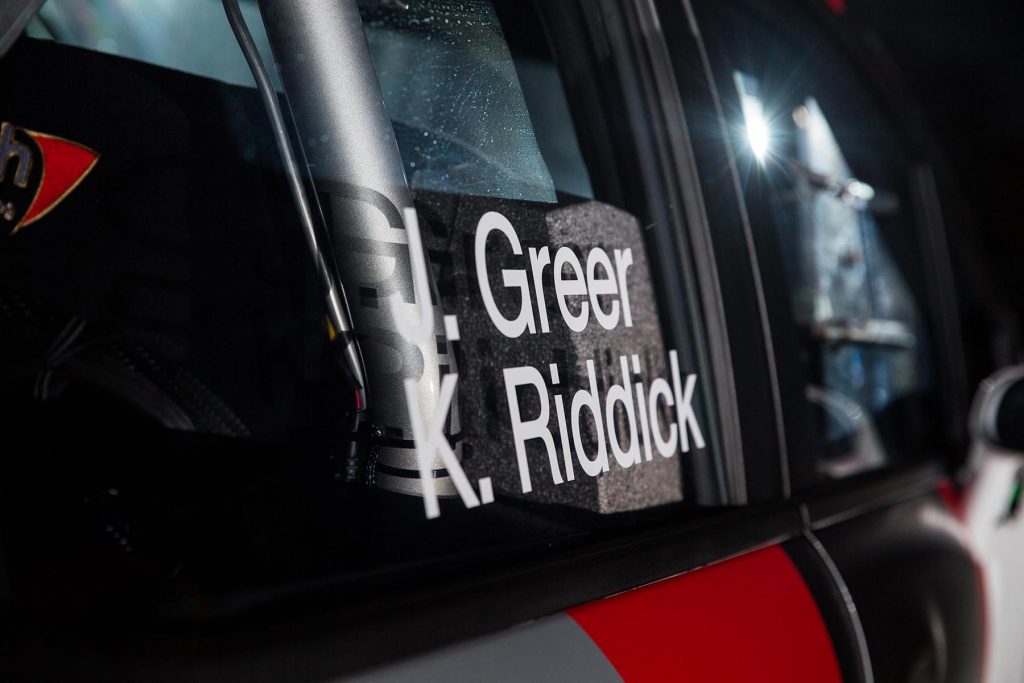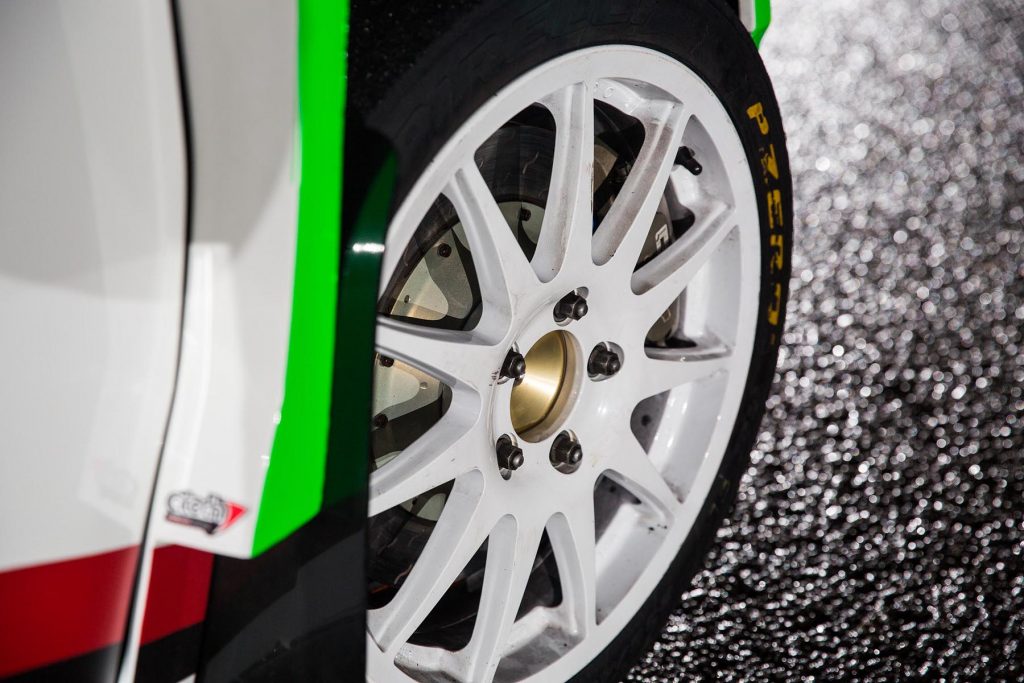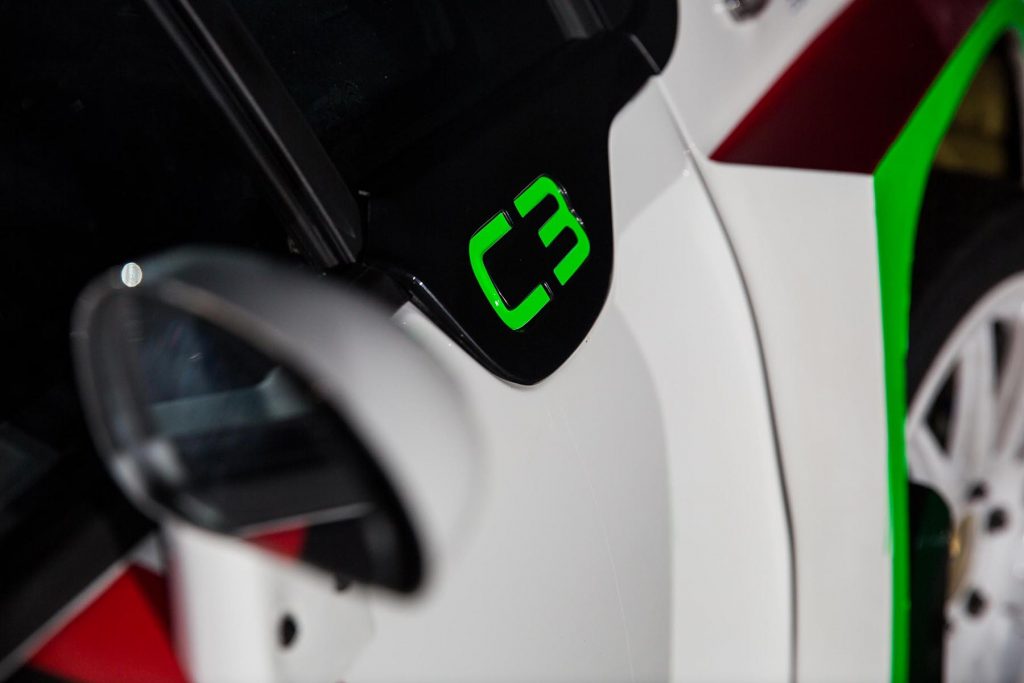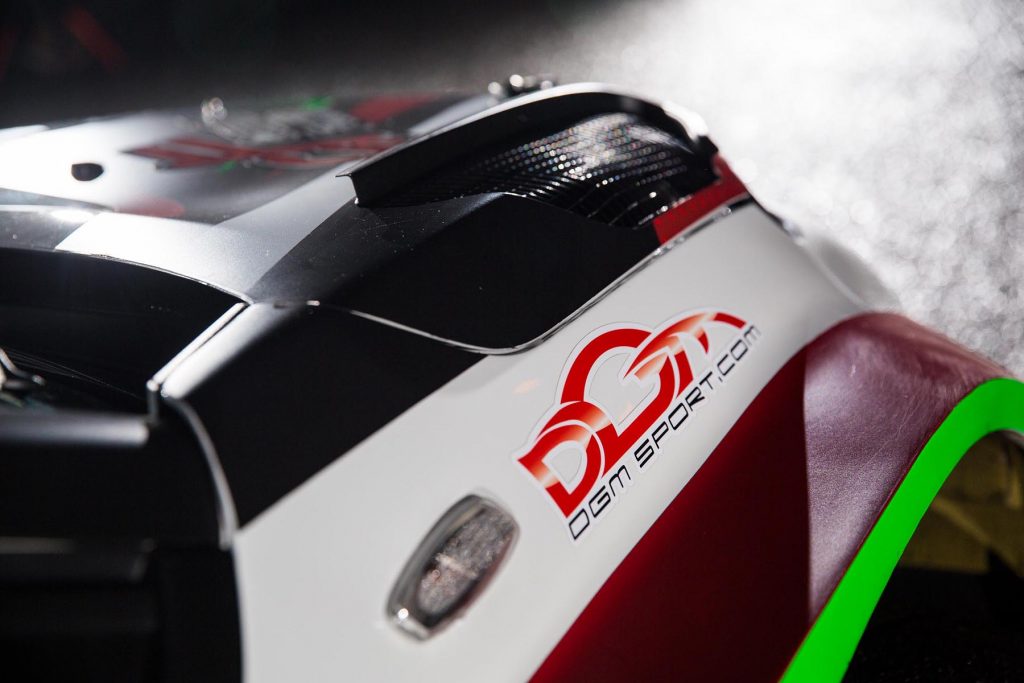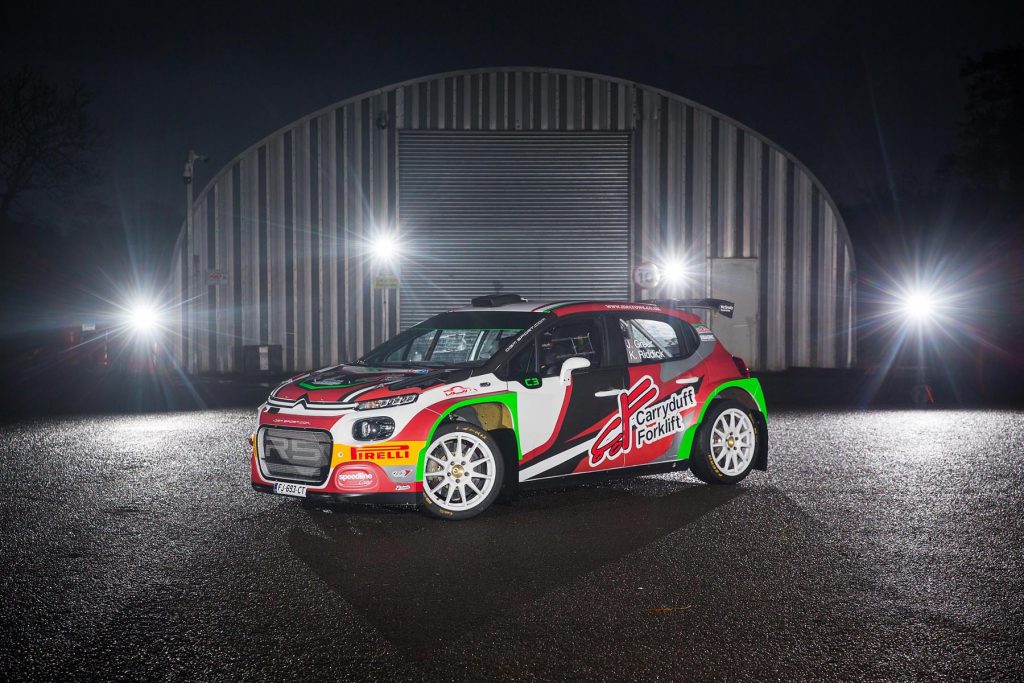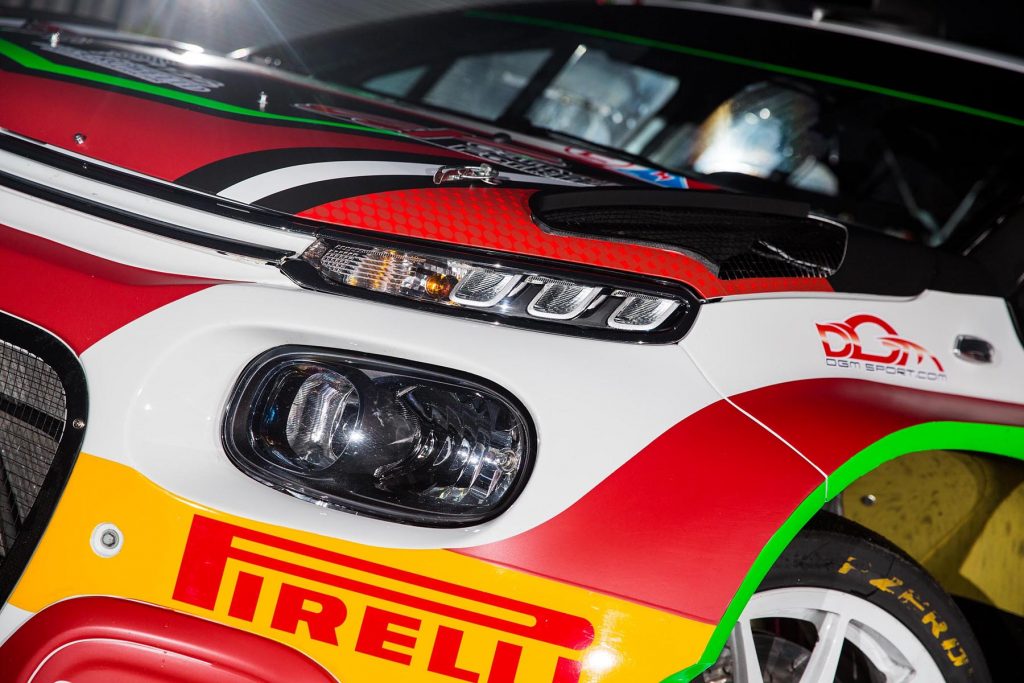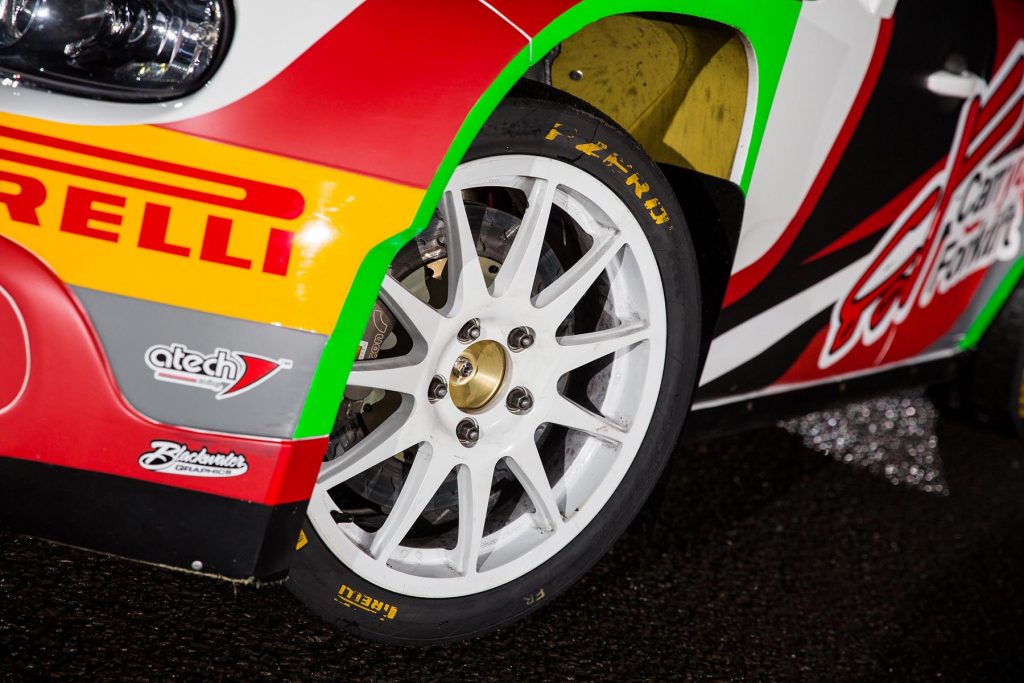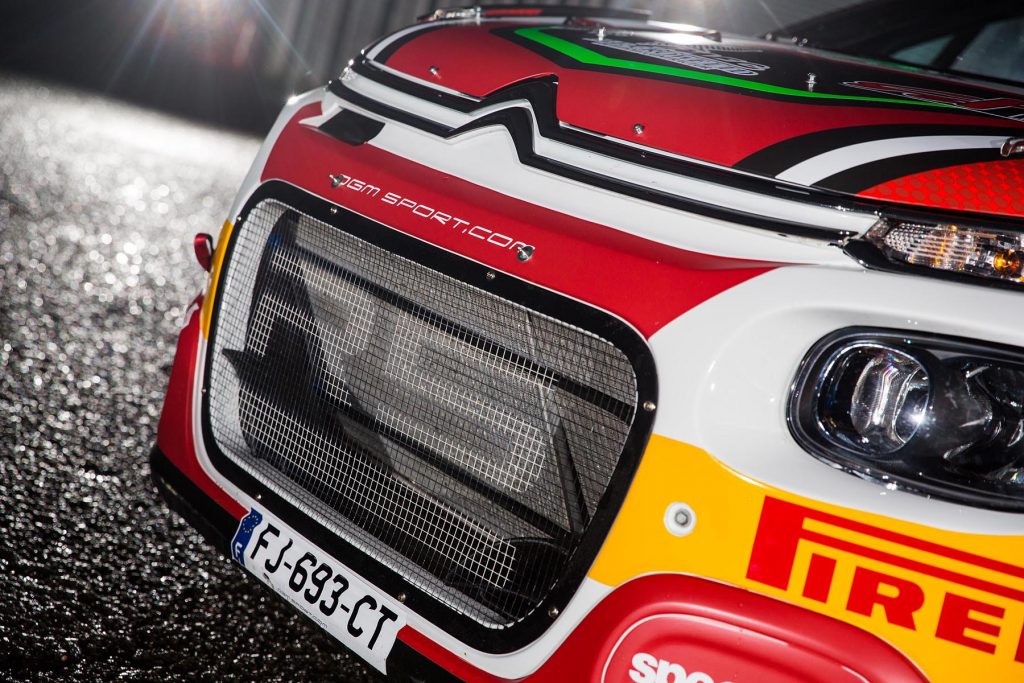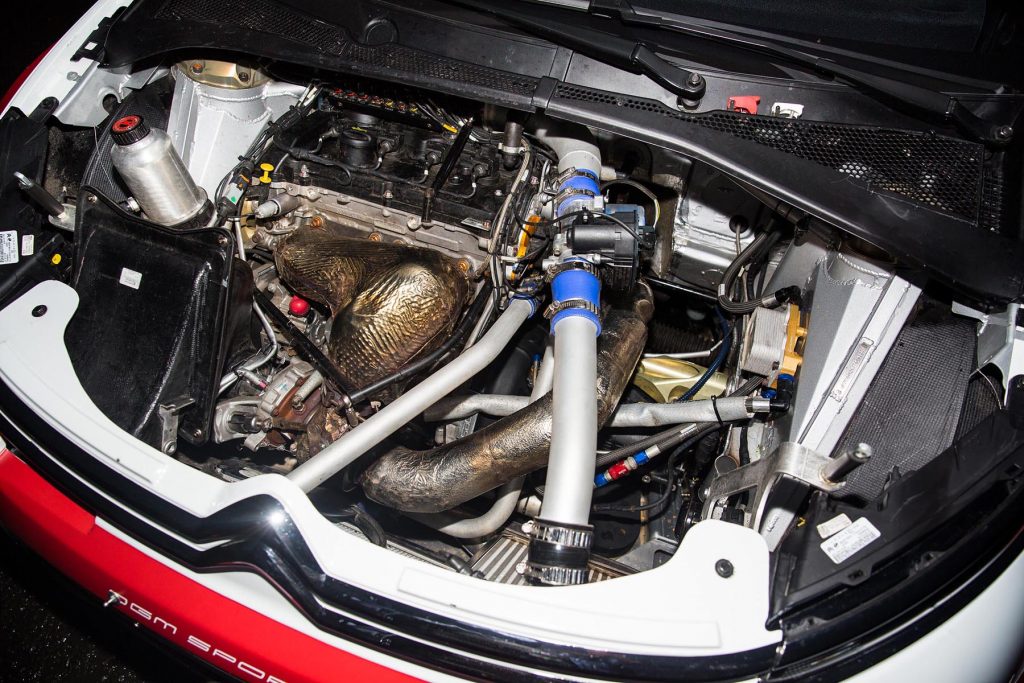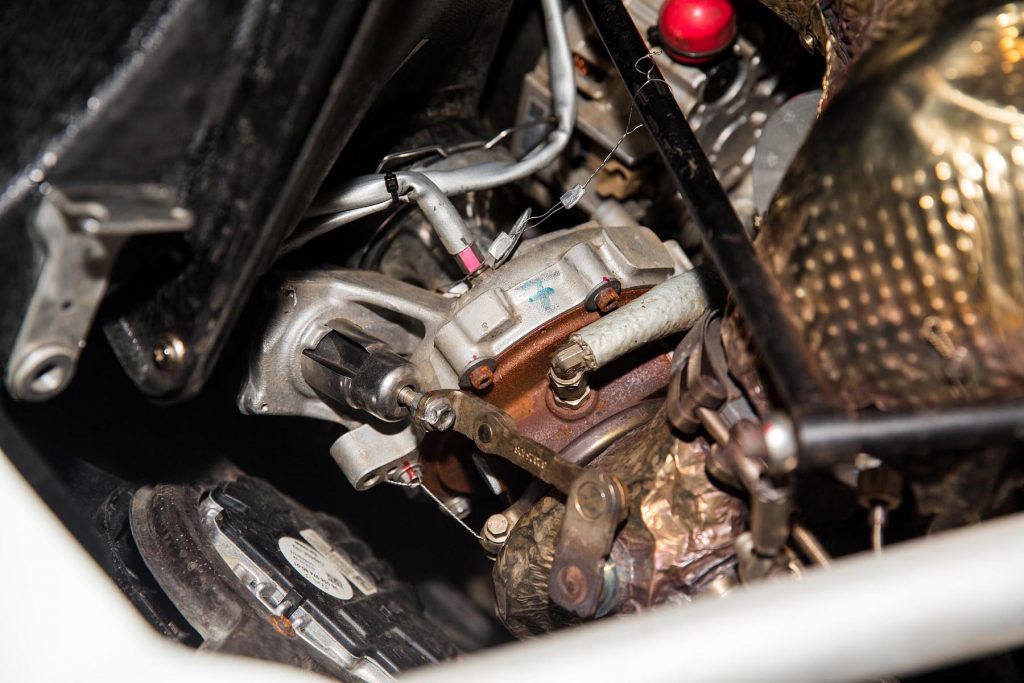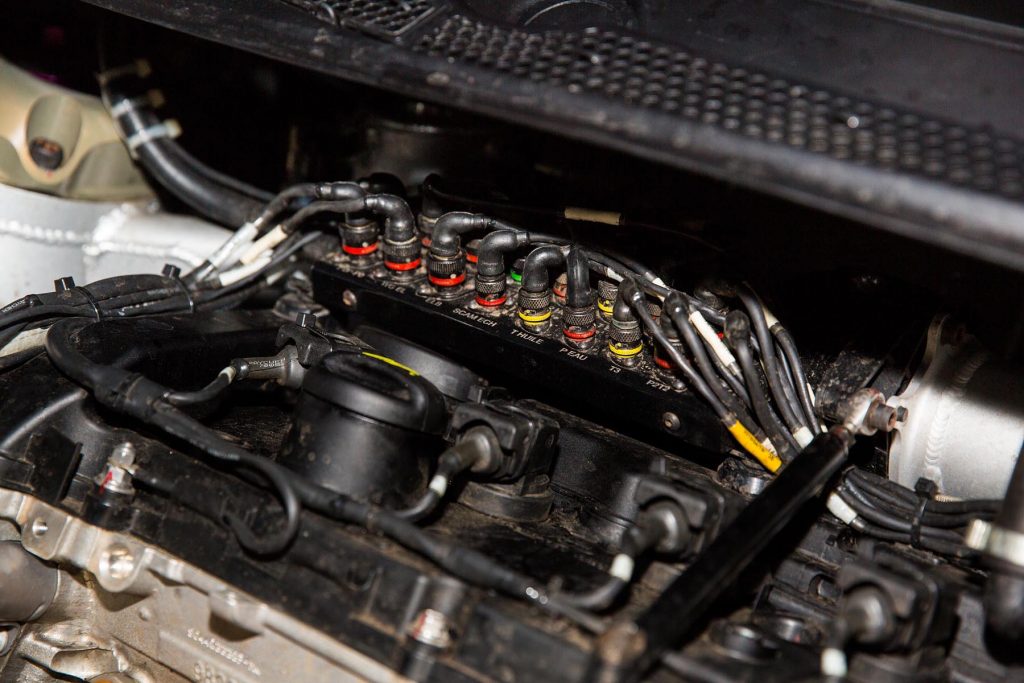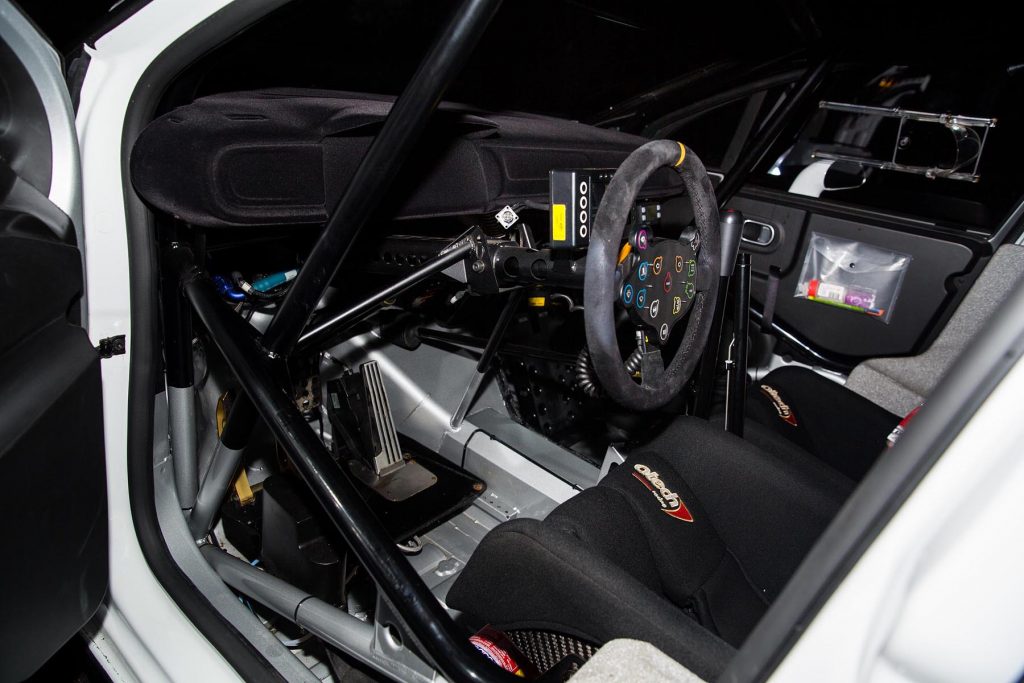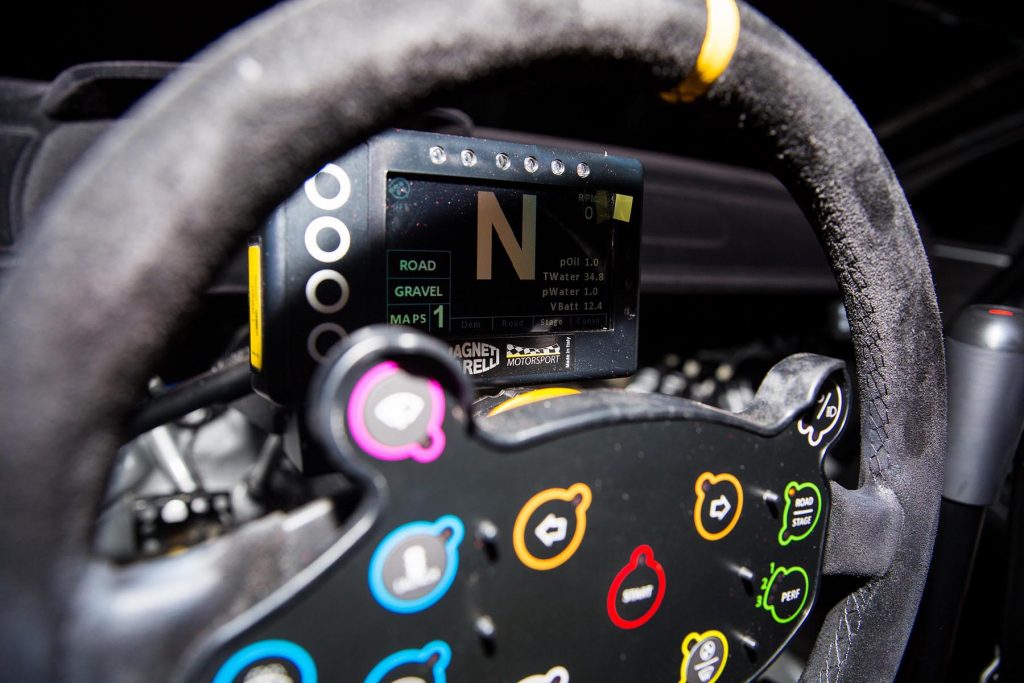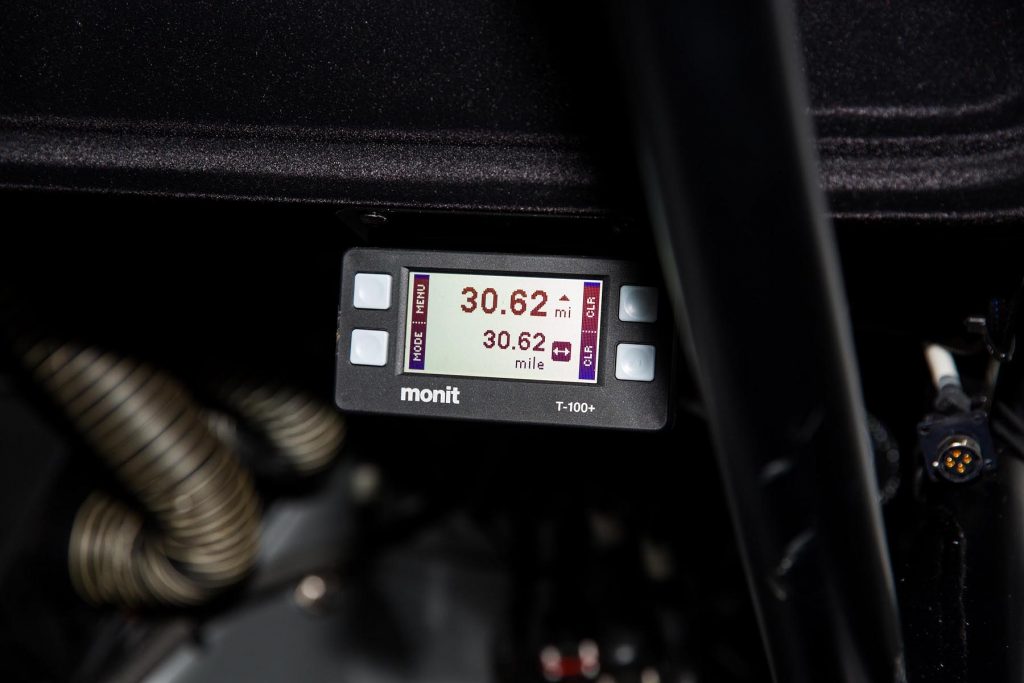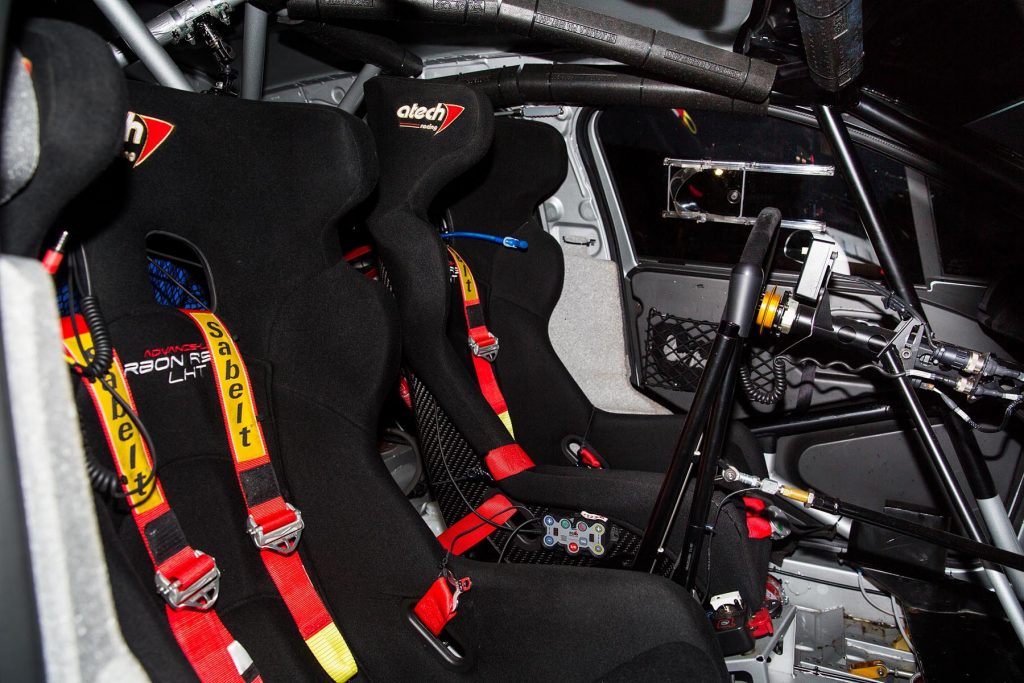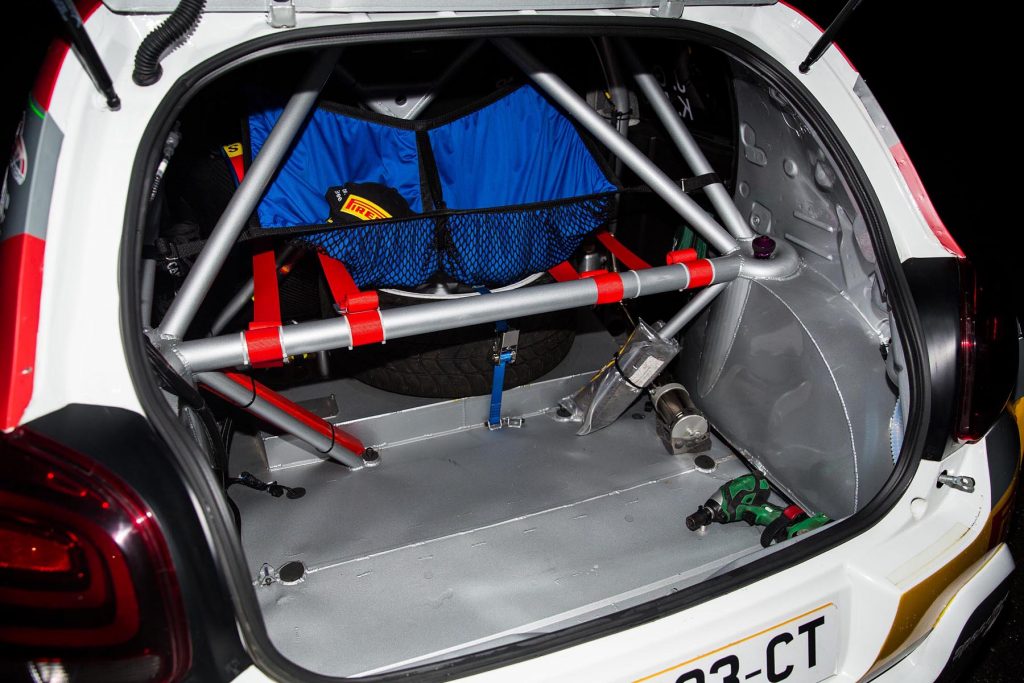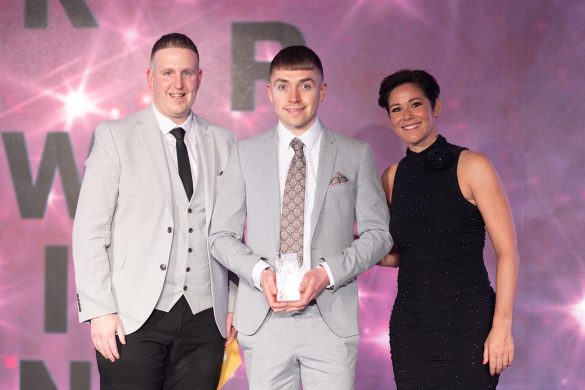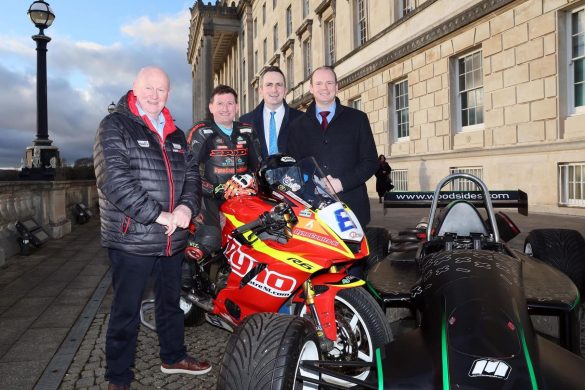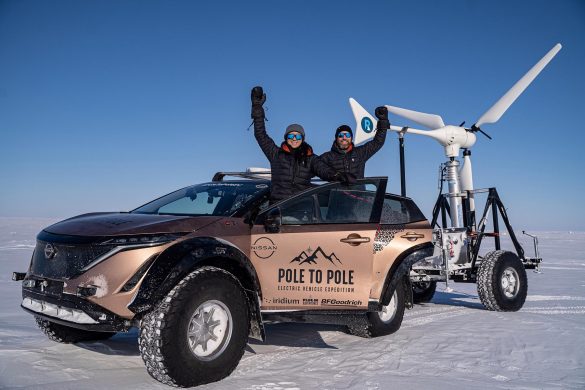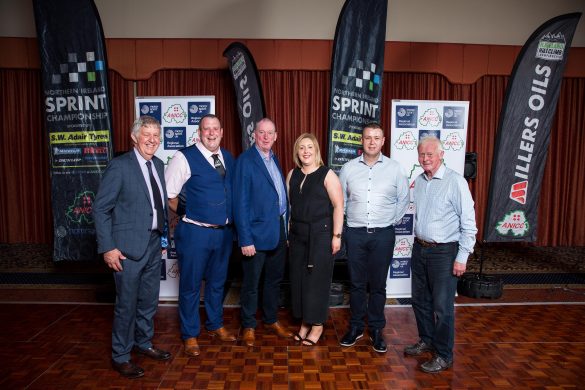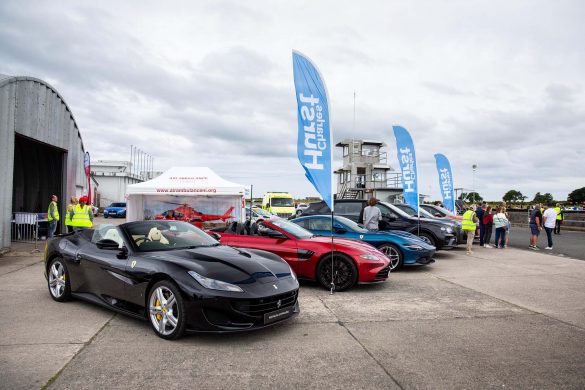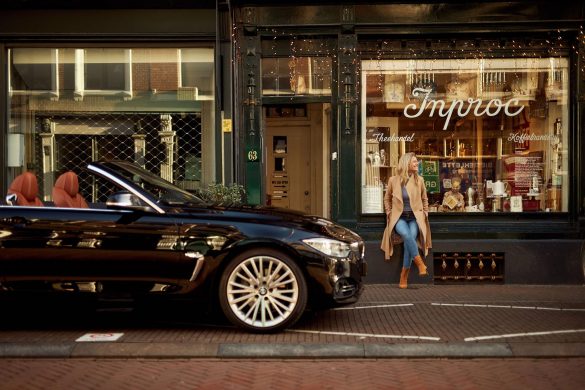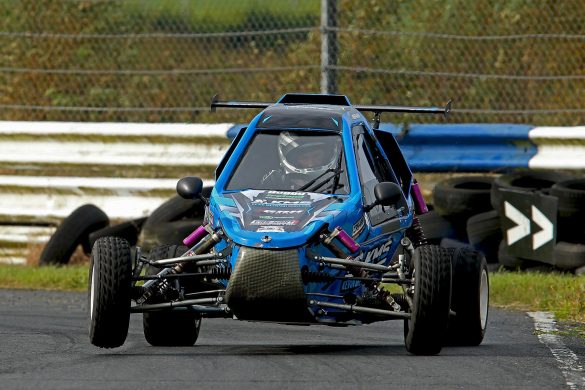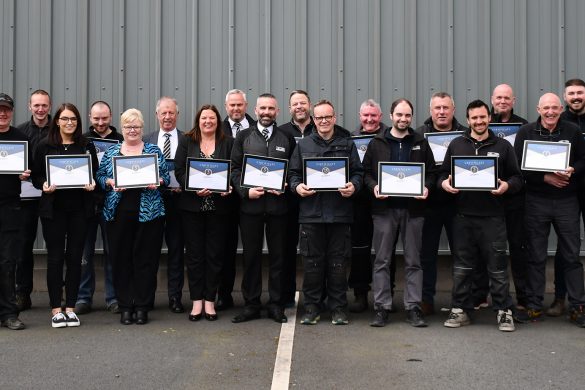I was recently given the opportunity to catch up with newly crowned and now two-time Northern Ireland Rally Champion, Jonny Greer. The 33 year-old Carryduff driver fresh from clenching second overall on this year’s Ulster International Rally.
Whether you are new to rallying, or someone who has spent a lifetime watching from the ditches of Ireland’s infamous closed roads, you’ve likely waved a programme in support of a Greer. Jonny’s father, Davy, of rally preparation firm DGM Sport, has rallied at various levels over the years. With a trophy cabinet to be proud of too, I should add.
Then there is Jonny’s brother, Barry, who spent a decade on Irish and British stages mostly in Ford Fiesta’s and Mitsubishi Evo’s. I have seen not only Jonny’s sister, but mother too, sitting in the navigator’s seat over the years on various charity and competition events.
Rallying is found deep within the veins of the whole Greer family and when not taking part, or preparing cars, can mostly be found running another family success story, their family business, Carryduff Forklifts.
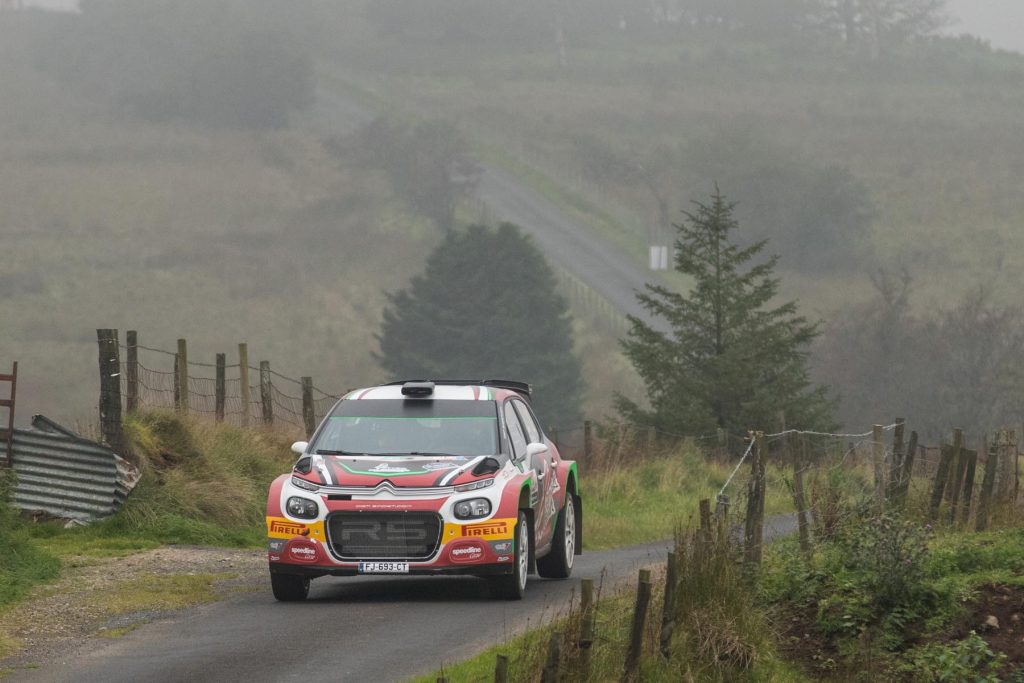
So who is Jonny Greer, two-time Northern Ireland Champion? Let’s find out…
Q – At what age did you start rallying?
JG – I was 17. My first car was a Grp N, 1.3-litre, Volkswagen Polo. It was a left-hand-drive car and after doing the Down Rally in 2005, we headed to the Galloway Hills in Scotland. We won our class on both events.
Q – What next?
JG – Around 2006 the 2.0-litre, 16-valve, Ford Fiesta ST was launched. So too was a Fiesta Sport Trophy within the British championship. It was a single make class that was perfect for young drivers like myself and provided a level playing field. It was a steep learning curve for us and we used the first year getting to grips with running on proper pacenotes, and on large scale events. Being supported by M-Sport, the series saw a huge entry, including local talent such as Alastair Fisher, as well as Welshman Elfan Evans who has went on to become one of the top drivers in the World Rally Championship. We went on to win the championship in 2007, which was a big boost.
Q – Where was the natural progression for you after such an accolade?
JG – Moving to a four-wheel-drive car was the natural step up the ladder. We competed on our first ever World Rally Championship event at the end of 2007, when we took a Grp N Mitsubishi Evo 9 to Wales Rally GB. The aim with this car was to then campaign the full British Rally Championship in 2008.
Q – How did you get on?
JG – It was a very challenging season. Creating our own pacenotes while on recce was very new to us. Top drivers such as Mark Higgins were there at the time, along with Guy Wilks and Gwyndaf Evans. We stepped into the championship slightly naive and a bit wet behind the ears, but we truly got our ass handed to us. It was a difficult learning here. A year later, in 2009, we got our act together and managed to grab a couple of podiums in the second half of the season, which was a big step.
Q – Did you stick at the British championship?
JG – Yes, and in 2010 we lead the championship for most of the season. Generally we didn’t have the speed to win the championship, but we were consistent. Scoring a lot of points with strong finishes allowed us to lead the championship from round two, until the final round. We had a good enough season, but the lack of outright wins went against us when drop scores came into play at the end. Trying hard to take maximum points from the final round ended up with us on our roof about three stages into the event, and that was our challenge over.
Q – Was it time to forget about this series?
JG – No, as we had just got a Skoda Fabia S2000 and wanted to have another go in 2011. This ended up as a disastrous year; the car was probably a step too far for us at the time. The car arrived late, we didn’t do enough testing in the car, we didn’t do enough general mileage in the car, and we hadn’t planned out the right sort of program. The car was constantly receiving factory updates to keep it in homologation. We just didn’t gel. [It is worth noting that young Greer claimed third overall all on the British Championship in 2011]
Q – I assume the car didn’t stay for another season?
JG – The regulations for the British Rally Championship changed for the 2012 and 2013 seasons, meaning everyone had to make the move into the all-new front-wheel-drive cars. We had kind of given up with the championship and said that we would step away from it and just concentrate on a few events back home. That was until Raymond Moore [from Race & Rally] got in touch to say that he was involved with the new 1.6-lite, turbocharged, sequential ‘boxed Citroen DS3-R3’s in Ireland, and asked if we would be interested. A deal was put in place late on, and although we were competitive, we were not at the sharp end. The following two seasons, 2013 and 2014 were much the same, but we did not commit to the full championship and just done events here and there when we fancied a run out in the car.
Q – What reignited the rally fire?
JG – In 2015 we took delivery of a DS3-R5, this all-singing and all-dancing category, the closest any driver could get to a modern World Rally Car. We did a handful of events to get used to the car ahead of an assault on the British and Irish championships in 2016. We were consistent all-year and rounded off the rostrum of the British Championship season for the second time, which was a great result in this new era car. We had Citroen engineers flying in to support us on the Irish Tarmac championship, which was vital to the development of the car for local sealed surface events.
Q – What next?
JG – In 2017 we had plans in place to have another go at the Irish Tarmac championship alongside the British championship. But a non-score at the opening round of the Irish, in Galway, due to a double puncture rather than the electrical gremlins we had faced during the event, meant that we went to the opening round of the Northern Ireland Rally Championship as a shakedown, to see if we could source the electric faults. Winning this event came as a surprise and opened up the possibility of contesting another championship. However, the second round of the Northern Ireland championship clashed with the opening round of the British series, so we stuck with the plan and traversed the Irish Sea to have another go at the title fight that has eluded us. After a terrible run on the Border Counties event in England, a refocus on the Northern Ireland championship was talked about. Now committed to the local events, we took another win on round three, before being plagued with car reliability issues. At the end of the season we had scored enough points on the Northern Ireland championship that we just needed to finished second overall on the final event to take the overall win. We did, and the trophy was ours.
Q – Did reliability issues dent your confidence?
JG – Not really, no, as a lot of the issues we encountered were known problems from the factory. We were just one of the unlucky crews to face most of them during our time with the car. Yes, it was very frustrating, as when starting an event we didn’t know if, when, or how often the car was going to cut out. But we’d got the silverware for our first ever Northern Ireland Rally Championship season win, so the headaches weren’t all in vain.
Q – Was a change of machinery imminent?
JG – Yes, but only as a new model was released. At the end of 2017, Citroen Racing invited us out to France for a gravel test in their all-new C3-R5. The car was very impressive and we were keen to get one ordered. But the car was still in its early development days and with delays that just kept coming; we glanced at other options. Another driver approached us wanting to buy the DS3 R5, and so a deal was done meaning that we ended up hiring a Ford Fiesta R5 for the start of the 2018 season. The car was good and soon after the chance to buy one came about and so we finished the season in a Fiesta as well as all of the 2019 season. Then, at the start of 2020 the C3-R5 finally arrived.
Q – How’s the new car treating you?
JG – Covid, and the subsequent lockdowns, has meant that the car has sat on axle stands in the garage for most of our ownership. In 2020 we ran as course car at Bishopscourt rally to get a feel for what the car was capable of, and out of the box the car felt good. June 2021 saw the first stage rally on the Emerald Isle in well over a year and it was an event I needed to attend. Not only as it was my local Motor Club [Ballynahinch and District] running it, but it was the first round of the Northern Ireland championship. In preparation, we carried out a few factory updates on the car and done a few test days at racing circuits to dial-in what was already a great package. From the start of the event we were on the pace with Derek [McGarrity], so we were very happy with the performance and gradually took time out of Derek during the rest of the event to take the win.
Q – Did this focus your attention on sticking to the Northern Ireland championship?
JG – Yes, most definitely, helped by the fact that the Irish Tarmac championship was cancelled for a second year [due to Covid]. It was encouraging that without taking risks on the stages, the times were coming in good. Confidence in the car was high and we came away from Bishopscourt’s season opener really happy with the car. We then went to Shackleton for round two of the championship which features mostly dusty lanes and fast concrete air strips, with a disadvantage to WRC and non FIA R5 cars [R5+] when it comes to outright speed, so we didn’t know where we would end up. Torrential rain threw a potential spanner in the works, as we had never driven or tested the car in the wet, but thankfully the car worked on the wet tyres and we went into the last stage with a 10-second advantage. Most of the final stage was done with a puncture, dropping us to fourth on the event. The championship then headed to Loughgall where it was wet for most of the day and absolutely chaotic. Thankfully we walked away from the event unscathed and with maximum points. Heading to the Tour of the Sperrins would see the first time the C3-R5 would be on a closed road event and we knew we had to score strong points, despite the unknown, to keep our eye on the championship. That was manageable until the announcement of the cancellation of the final round, the Tyrone stages, which meant we had no option but to finish the Sperrins, due to the fact there was now no drop-scores. The car performed brilliantly and as we did not need the win, controlled our drive to bring home our second Northern Ireland Rally Championship.
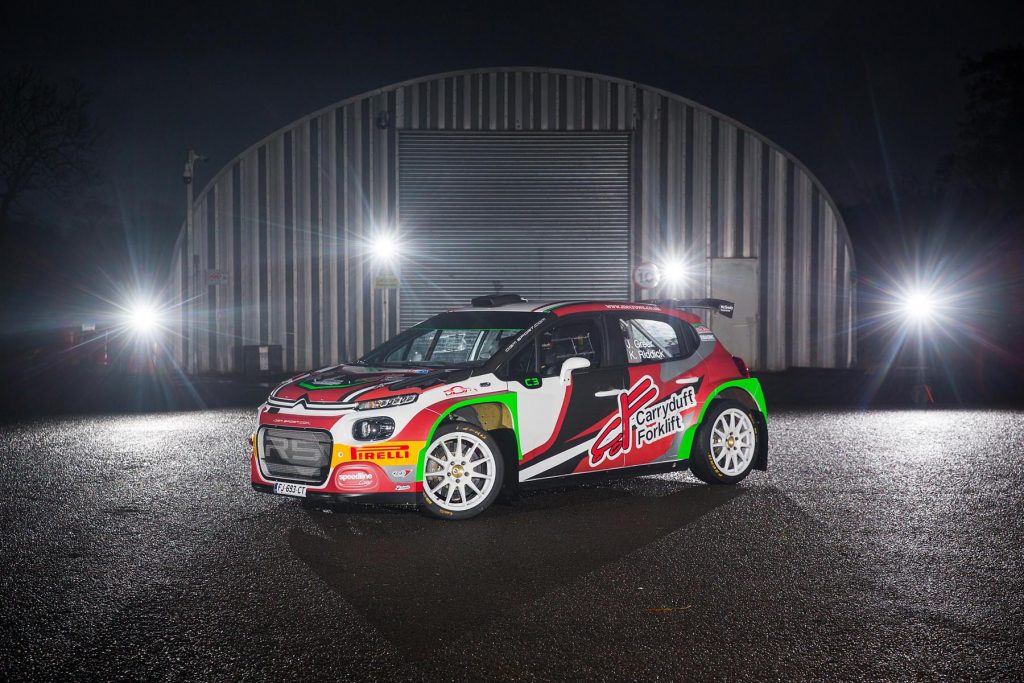
Scotland’s Kirsty Riddick has been the regular caller of directions to Jonny for the last number of years, but during his career Johnny has been navigated by Stephen McCauley, Brian Crawford, Killian Duffy, Robbie Durant, Derek Brannigan, Johnny Hart, Dai Roberts, Anthony O’Connaill, Susanne Wright, Gordon Noble, Damien Connolly, Barry Greer, Liam Regan, and Laura Phillips.
Expect to see Jonny Greer on the entry list for the Galway International Rally, as he plans a full assault on the Irish Tarmac Championship this season at the helm of his Citroen C3-R5. I’d also expect him to appear at Bishopscourt as well as selected events across the Irish Sea, later in the season where he will get to drive the car on the loose for the first time.
Words and Photos: GRAHAM BAALHAM-CURRY
[Images must not be used in any way without prior written consent of the photographer]
